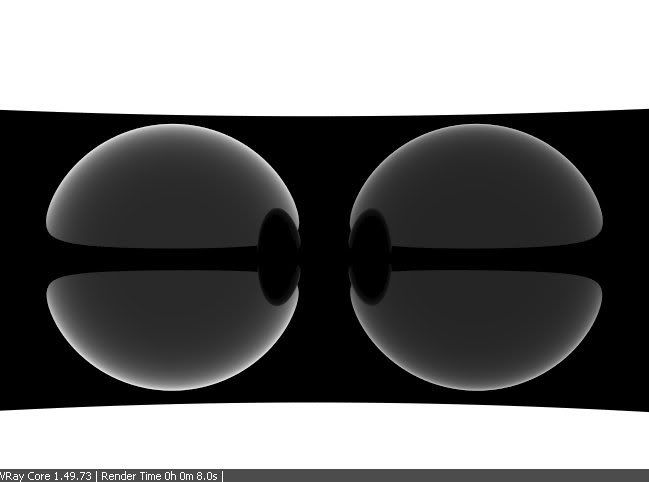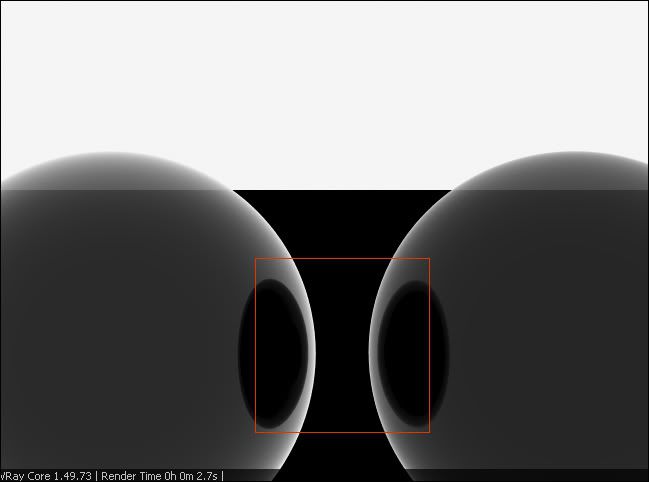Hi,
often I have the serious problem, that I have the feeling, the fresnel reflection is to dark. It is not possible to increase the reflection intensity per standard multiplier. Changing the IOR makes no sense, because the material get a light metalic look.
I ask me, how could we test the current fresnel? Is it realy working right?
I have found a way to increase the fresnel intensity and to keep the plastic look - take two reflection layers with IOR 1.55. It help to get the look I want to get.
Should a plastic material with IOR 1.55 give us a total reflection at the "edges" of a sphere?
Here an example: left double reflection layer - right single layer. Two spheres in a white environment and a big ring around.

often I have the serious problem, that I have the feeling, the fresnel reflection is to dark. It is not possible to increase the reflection intensity per standard multiplier. Changing the IOR makes no sense, because the material get a light metalic look.
I ask me, how could we test the current fresnel? Is it realy working right?
I have found a way to increase the fresnel intensity and to keep the plastic look - take two reflection layers with IOR 1.55. It help to get the look I want to get.
Should a plastic material with IOR 1.55 give us a total reflection at the "edges" of a sphere?
Here an example: left double reflection layer - right single layer. Two spheres in a white environment and a big ring around.




Comment